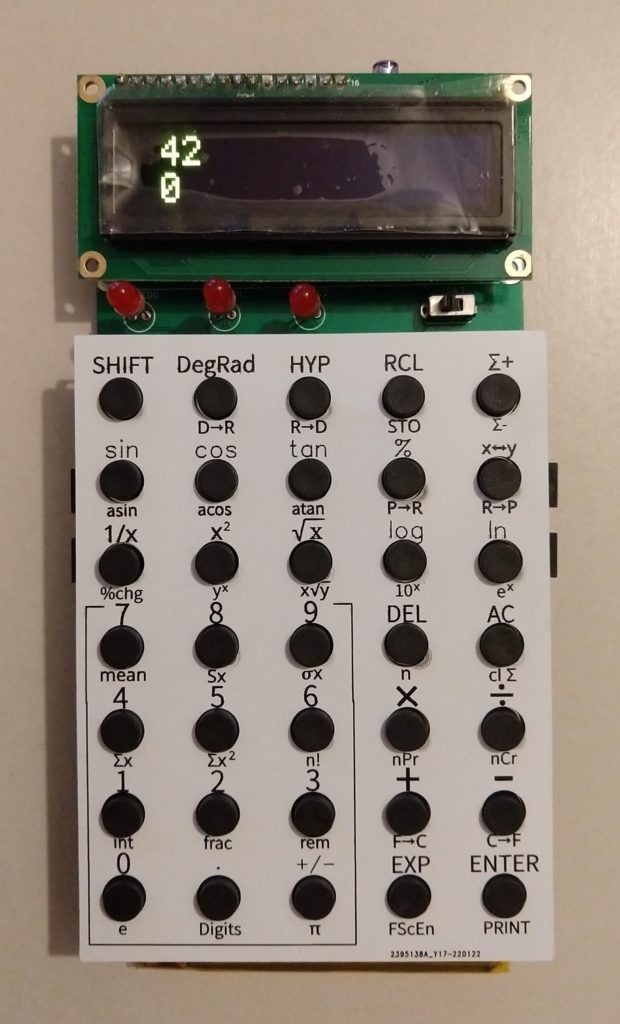
It has been a while since I wrote the last post on this project. In the meantime, I could dedicate all my limited free time to work on the implementation. It took a long time, but I did make significant progress. The calculator is pretty much completed.
Continue reading

